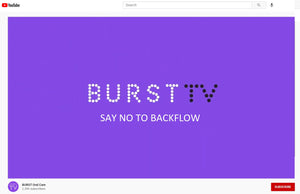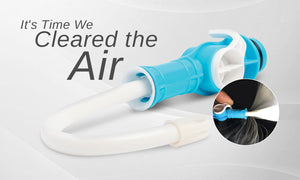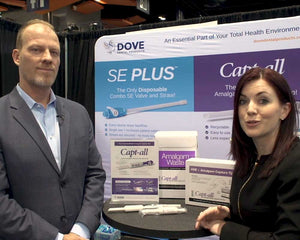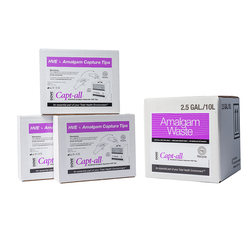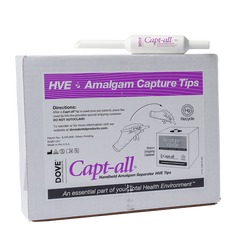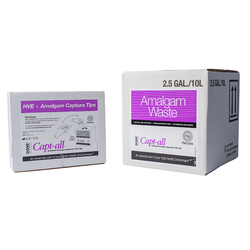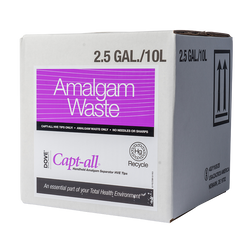- Linked In
 19
Aug
19
Aug
Stop! Don't Close on the Suction
The day and life as a dental hygienist:
“Open bigger. Turn towards me. Stay open. Oh, don’t close on the suction.”
Throughout my hygiene career it is a priority to place patient care first, providing comfortable quality treatment, maintaining proper infection control, and comprehensive assessments; in the midst of watching the clock and time managing the day. While wearing many hats in our small office, I took on the role of infection control. Implementing the latest protocols office wide including cavicide wipe and rewipe, autoclave handpieces after every patient, change our traps, clean and scrub our suction lines, run our evacuation detergent nightly, and barrier protect next to everything touchable.
In school we learn about backflow risk from saliva ejectors. We are taught to instruct the patients not to close on the suction straws. However, the reality is patients’ frequently do close around the suction during treatment. I was tired of cringing under my mask when a patient close tightly without being able to stop them knowing they are at risk to be exposed to back flow.
According to the Centers for Disease and Control (CDC), backflow occurs when previously suctioned fluids and microorganisms remain present in the suction tubing or valve and flow back into the patient’s mouth. Backflow cross-contamination can occur when there is pressure in a patient’s mouth caused from closing their lips and forming a seal around the tip of the ejector, raising the ejector above the patients’ mouth during use, and when the saliva ejector is used at the same time as the high volume suction. The CDC also advises dental professional to inform patients to avoid closing their lips tightly around the tip of the saliva ejector and to contact the manufacturer of the dental unit to review proper maintenance procedures.
As a hygienist we took an oath as a patient advocate, to stand up to what is wrong, and to provide the best care possible. We know that backflow can occur, we should not put our patients at risk, we know better and there are solutions.
Take out your saliva ejector and take a look into your valves, would you want someone using it on you? Every dental unit is different; I learned many do have removable HVE and saliva ejector valves, which need to be autoclaved between each patient. Check your instructions for use (IFU) manuals for your valves. The proper maintenance process for the HVE and saliva ejector valves in our office took excessive time. They required autoclaving after every patient, checking and replacing O-rings, and disassembling them weekly. Unfortunately, this is something many of us do not learn before entering the workplace, instead, we learn it while on the job. It is our responsibility to read the manuals on each device and properly maintain them whether it takes time or costs a little extra.
At our office, we tried other backflow products, sampled using sleeves on our valves and attempted to clean properly between patients as instructed. Each process implemented proved to be too lengthy of a process or uncomfortable, and were really only putting a Band-Aid on the real issue of our evacuation valves which were a petri dish of all the days’ patients.


